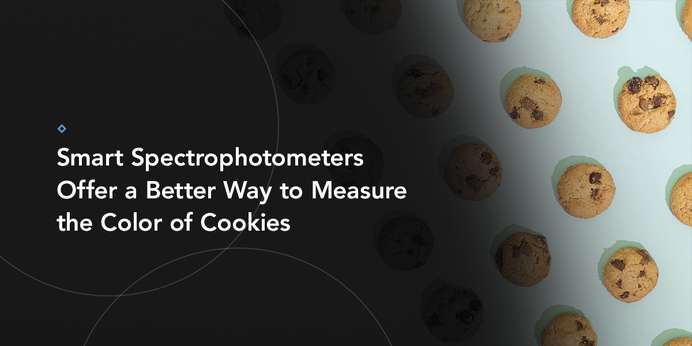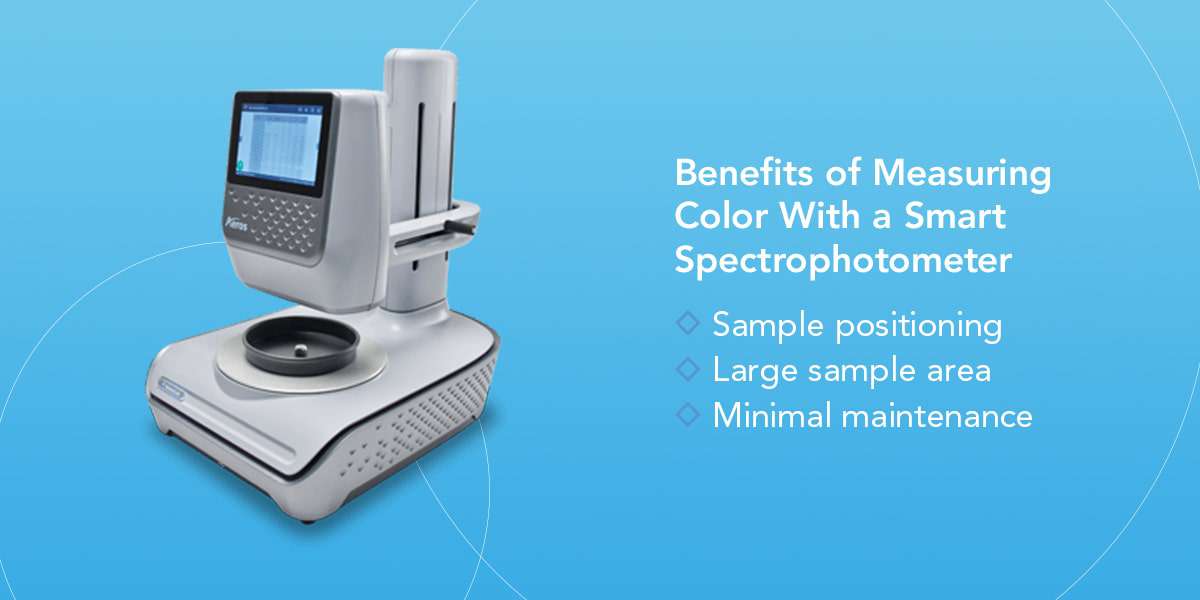
Color plays a significant role in communicating food quality. Consumers can easily identify an underbaked or overbaked cookie by its abnormal color and texture, knowing these elements will impact its taste. On the other hand, individuals will associate a perfectly caramelized cookie with a high-quality product that likely tastes great.
How a cookie looks directly impacts consumer buying habits. You can use a color spectrophotometer to measure the color of your cookie samples to ensure they project a consistent and desirable appearance.
Challenges of Measuring Cookie Color
While measuring cookie color is vital for producing a high-quality product, this process can pose several challenges to manufacturers:
- Irregular texture: Cookies have many inconsistent characteristics that make color analysis more difficult, such as their varying shapes, sizes, and highly textured surfaces. To the naked eye, it's nearly impossible to make an accurate color determination.
- Time commitment: Large-scale cookie manufacturers must analyze thousands of cookies each year. Measuring the color of cookie samples one at a time can be extremely time-consuming and labor-intensive.
- Equipment wear and tear: Normal wear and tear can impact your color measurement device's performance, leading to inaccurate measurements.


